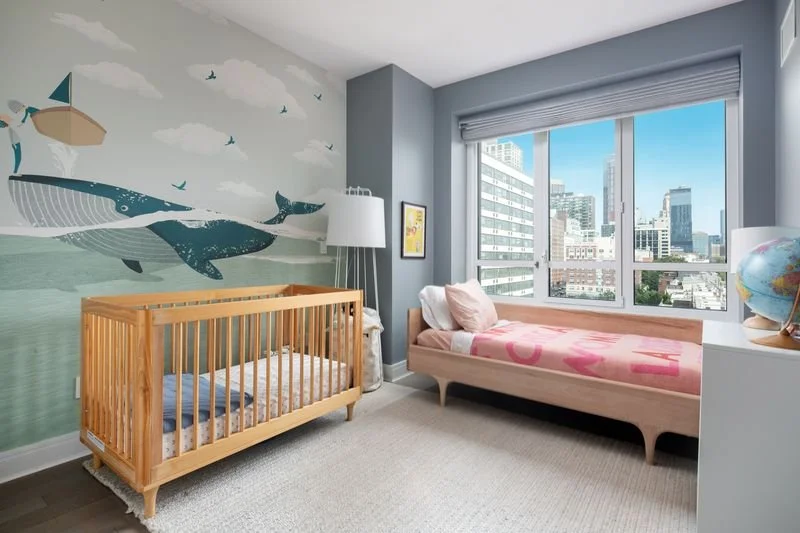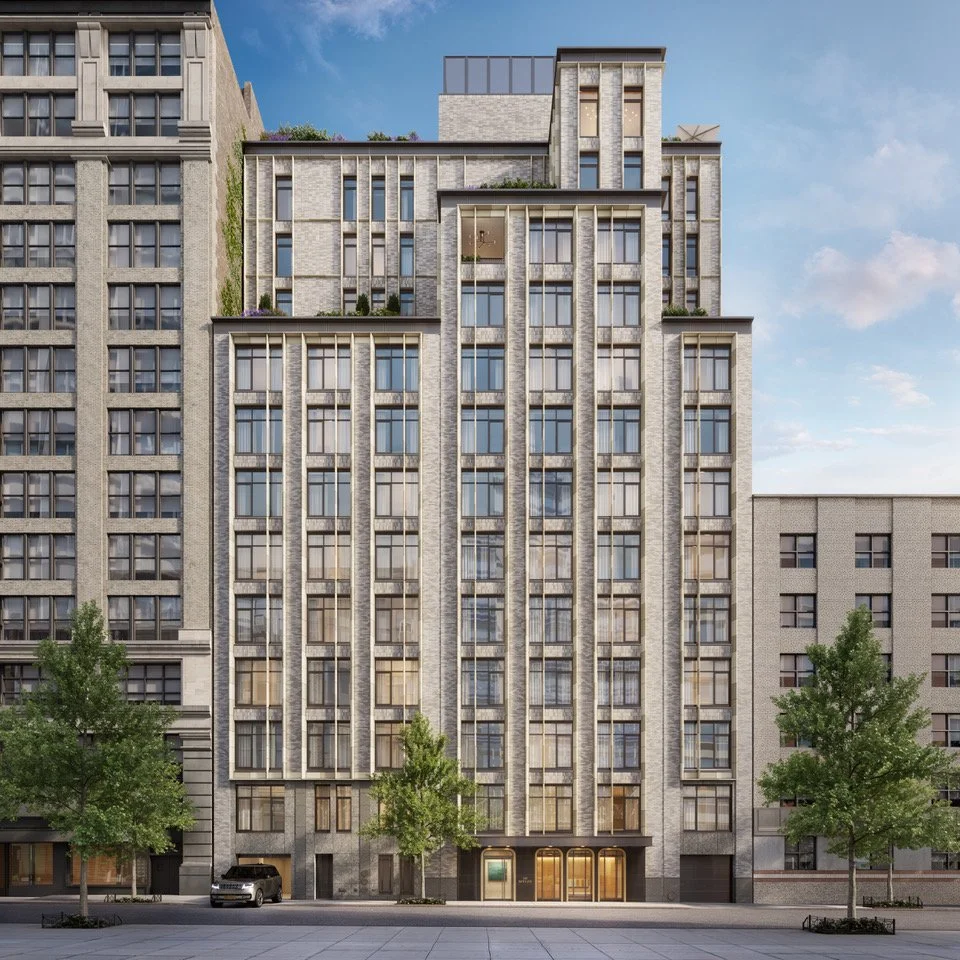Ian Slater’s 2020 Q3 and Q4 Predictions: “Winners and Losers”
I will begin this post by saying that all of my predictions and thoughts below are just that, thoughts, and educated guesses based on my expertise in residential real estate.
Slater Team’s business is split between helping sellers, developers, renters, landlords, and investors. Looking back at 2019 sales numbers, our business was 61% on the purchase side and 39% on the sell side. Thus, I frequently am advising clients on what to purchase, where to look, and am looked at to make predictions and help make investment decisions. This has become an increasingly difficult thing to do in the time of COVID, but for today’s guest post I want to speak to OFFTHEMRKT’s readership as if they were on of my own buyer clients-- and predict neighborhoods, building types, and price points that will be winners and losers this year.
The market is definitely going to be ripe with opportunities for buyers-- we are going to have sellers more motivated to sell than they have been in a very long time and interest rates held near zero (keep in mind, this does not always translate to mortgage rates) for the foreseeable future. But as buyers we must be careful what deals we choose, and not just be motivated by discounts.
What will win and what will lose?
Stability wins; volatility loses
When buying in an environment like this, always seek stability. Buying into a building that has established value is crucial, so focus on sales history, quality of developers and reputation, owners in the building, and for new developments, percentage that is in contract and/or closed already.
If you are seeking a huge discount and have an appetite for risk, you can look at new developments that are lightly sold-- but there is a big question at the moment where the values of the buildings will go, and as an early buyer this can be hard to predict. A not-so-sold building can be exposed to a pressuring lender pushing prices down for more transactions, for instance. For the most part, a strong broker will know the amount in contract in a building, and this can be very helpful.
Landmarking wins, fringe neighborhoods lose
Longtime recognizable addresses and streets will win out: buyers will rush to quality and not be as willing to take a risk on a less established building or area. The best performing locations are those that are limited for building: “landmarked” neighborhoods in New York, for instance, or “listed” buildings in Europe. A zoning-imposed limit on construction and style always makes it more difficult for more product to be added to a neighborhood, so focus on those neighborhoods that have historic charm and will be that way forever. While it may be more difficult to get a brand new building, or views, it has proven to be a great investment long-term.
Size and home type win, micro-apartments lose
With everyone cooped up for this time, I think that the desire for larger apartments will come back into style and many will be looking to size up-- whether sizing up in square footage, light, outdoor space, view, or amenities. The concept of a “microapartment” being enough in New York City likely will become a very challenged notion. New York may for a time, not be thought of as “everyone’s living room”-- buyers will want their own living room!
So for a purchaser, if you can, think instead of buying a one bedroom, a two bedroom or larger may end up being a better investment for you. Not only can you have a home office or additional space, but long term the apartment will be more desirable, too.
Boutique wins, enormous loses
As is always my opinion when consulting with buyers, as long as a building offers the amenities that you want and enough to satisfy the future resale buyer pool, a boutique building is normally better than a very large building. In the times of post-COVID, I feel this will be magnified: buyers are going to want to know that their building doesn’t have thousands of neighbors and they want to have a hold on who is on their floor.
Large buildings come with inherent investment risks: it is very difficult to control the value of your apartment with so many potential sellers in the building, often, you have a lot of competition on the market at the same time, and if you are purchasing into a new development, it many times means the developer has a lot of product to sell! Smaller buildings usually offer more unique floor plans (or even one-offs) and when you resell you may face little or no competition. Thus I encourage buyers to look into these types of buildings as stronger investments.
Ian Slater is the Founder of the Slater Team at Compass and can be reached at slater@compass.com or 646.645.8192
Have a listing you think should be featured contact us or email at Jeremy@offthemrkt.com to tell us more! Follow Off The MRKT on Twitter and Instagram, and like us on Facebook.

















